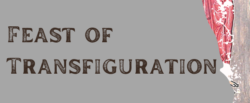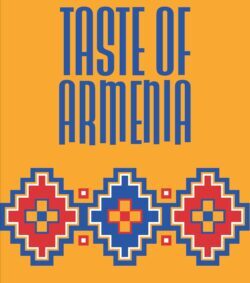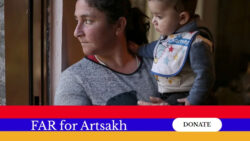ONE HUNDRED YEARS AGO, ON THE NIGHT OF APRIL 24, 1915, the genocide of more than 1,500,000 Armenians began. The first to be singled out and massacred were the leaders and intellectuals of the Armenian communities in Ottoman Turkey; when it was over, two out of three Armenians living in that country had perished—the victims of a systematic extermination of Turkey’s Armenian population.
In their brutality, the Ottoman Turks set the tone for the 20th century: a dreadful tone which would be heard again in the Nazi death camps, in Cambodia under the Khmer Rouge, in Bosnia-Herzegovina, in Rwanda and Darfur. And it echoes ominously in our own time, in desperate places where “ethnic cleansing” has become a policy of state, instead of a crime before man and God.
The dark episode that came to be known as the Armenian Genocide continued until 1923, and it shocked world opinion of the time. The Turkish atrocities committed against men, women and children of Armenian descent were extensively documented, in eyewitness accounts, in the official archives of the governments of the United States, Great Britain, France, Austria and Germany, and in the world press. The New York Times published over 194 news articles—including the first-hand accounts of American and European diplomats, survivors of the massacres, and other witnesses—on the plight of the Armenian people.
And yet—incredibly—100 years later, the Turkish government is still denying that the Armenian Genocide ever took place. The arguments and tactics they employ in their campaign of denial are disingenuous and intellectually bankrupt; but they are sadly familiar to the serious scholars and historians who, in recent years, have had to wage a battle against deniers of the Holocaust, the Soviet Terror, and other episodes of institutionalized inhumanity
For those Armenian-Americans who survived the Genocide and found haven in this country, April 24 remains a day of remembrance—of lost loved ones, uprooted lives, and a vicious crime against an entire people. But it is also a day of reflection on the sanctity of life, the blessing of survival, and the obligation we owe to our fellow human beings not to forsake them in their hour of desperation.
The Armenian children who lost their childhood in 1915 are mostly gone now. In life they bore their bitter memories with courage and dignity; but 100 years later, their descendants still await justice, the restless souls of the martyrs still await peace. Their descendants pledge always to remember the Armenian Genocide.
OFFICIAL EMBLEM OF THE 100TH YEAR OF REMEMBRANCE OF THE ARMENIAN GENOCIDE
 In anticipation of the milestone year of 2015, the Republic of Armenia issued the illustration at left as the official emblem of the worldwide observance of the centennial year of the Armenian Genocide. The forget-me-not flower expresses the theme of eternal remembrance, and is also meant to symbolically evoke the past, present, and future experiences of the Armenian people. Click here to download the flyer explaining the emblem.
In anticipation of the milestone year of 2015, the Republic of Armenia issued the illustration at left as the official emblem of the worldwide observance of the centennial year of the Armenian Genocide. The forget-me-not flower expresses the theme of eternal remembrance, and is also meant to symbolically evoke the past, present, and future experiences of the Armenian people. Click here to download the flyer explaining the emblem.


















